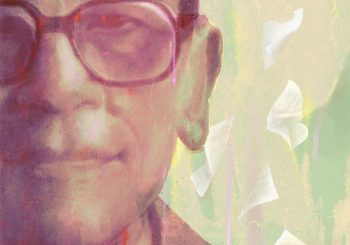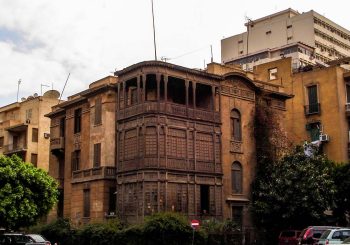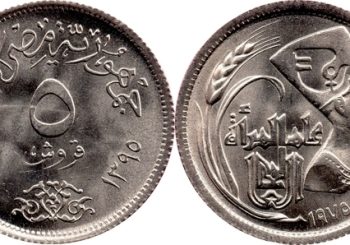Beyond clusters of ancient ruins and cracks in fine masonry, there is a place that echoes with memory, a site abraded by the years — that place is Kom el-Dikka.
Nestled in the heart of Alexandria is the Kom el-Dikka neighborhood: plastered in culture, the location once bustled with Roman life, but is now home to some of Egypt’s last standing Roman ruins. Sitting in an archeological park, the place covers nearly 40,000 square meters and slopes well-below present day street level.
The Kom el-Dikka site is home to the remnants of the ancient city of Alexandria, which was the epicenter of all teachings – philosophical learning, art, and culture in the Roman world. The Greco-Roman period in Egypt began when Alexander the Great entered in 332 BC, and lasted until the Muslim conquest of Egypt in the 7th century AD.
Alexandria was an epicenter of philosophy, learning, art, and architecture – one of the most impressive buildings that stands from this period is the Roman theater, a public space that saw meetings, concerts, lectures, and play performances.

Yet, walking around the site, one is quick to remember that the area represented a settlement site in ancient Alexandria: there are remains of makeshift classrooms, and structures standing still beyond the theater itself, bringing the site back to life.
Over the centuries, in a Roman villa, dubbed the “Villa of the Birds,” mosaic floors and original floor plans were retained in a recent excavation. The Villa of the Birds is the last standing of three other villas that previously sat in the park’s residential district, but have little to no remnants.
Unearthed in a recent discovery in 1998 by an Egyptian-Polish archaeological mission, the villa gets its nickname from the embellished mosaic floors, where each panel showcases a different type of bird.
An exquisite form of art common particularly throughout the Middle East, the mosaic is formed with glass fragments, stitched, glued, and burnt together, with beauty ever so rare and profound, and light that gleams through hues and shades in every part.
After the excavation, the villa’s cleared flooring covered an area of 110 square meters; however, project director Wojciech Kolataj estimated that the space found only constitutes the eastern and northern wings of the house, while the original villa was much larger. This thus insinuates that the far-from humble residence might have belonged to the elites of ancient Alexandria.

The masterstroke of the mosaics in the villa are found in a bedroom, composed of nine framed panels boarded with an intrictirate, braided guilloché technique. A peacock, a moorhen, a pigeon, and a quail are amongst the different bird species found on the restored floor.
Drenched in a mix of white, yellow, gray, black marble, and limestone hues, the mosaic also features multicolored glass paste and delicate glass beads to highlight the birds’ eyes.
The mosaic’s artistic depiction reflects the unique artistry of the Romans – surviving to the present day, they are a testament to a bygone era of history and culture. The ruins of Kom el-Dikka offer a glimpse of the cityscape in ancient Roman-Egyptian hybrid culture, nestled in Alexandria.






Comments (4)
[…] فيلا الطيور: الكنز المخفي للإسكندرية […]
[…] فيلا الطيور: كنز الإسكندرية المخفي […]